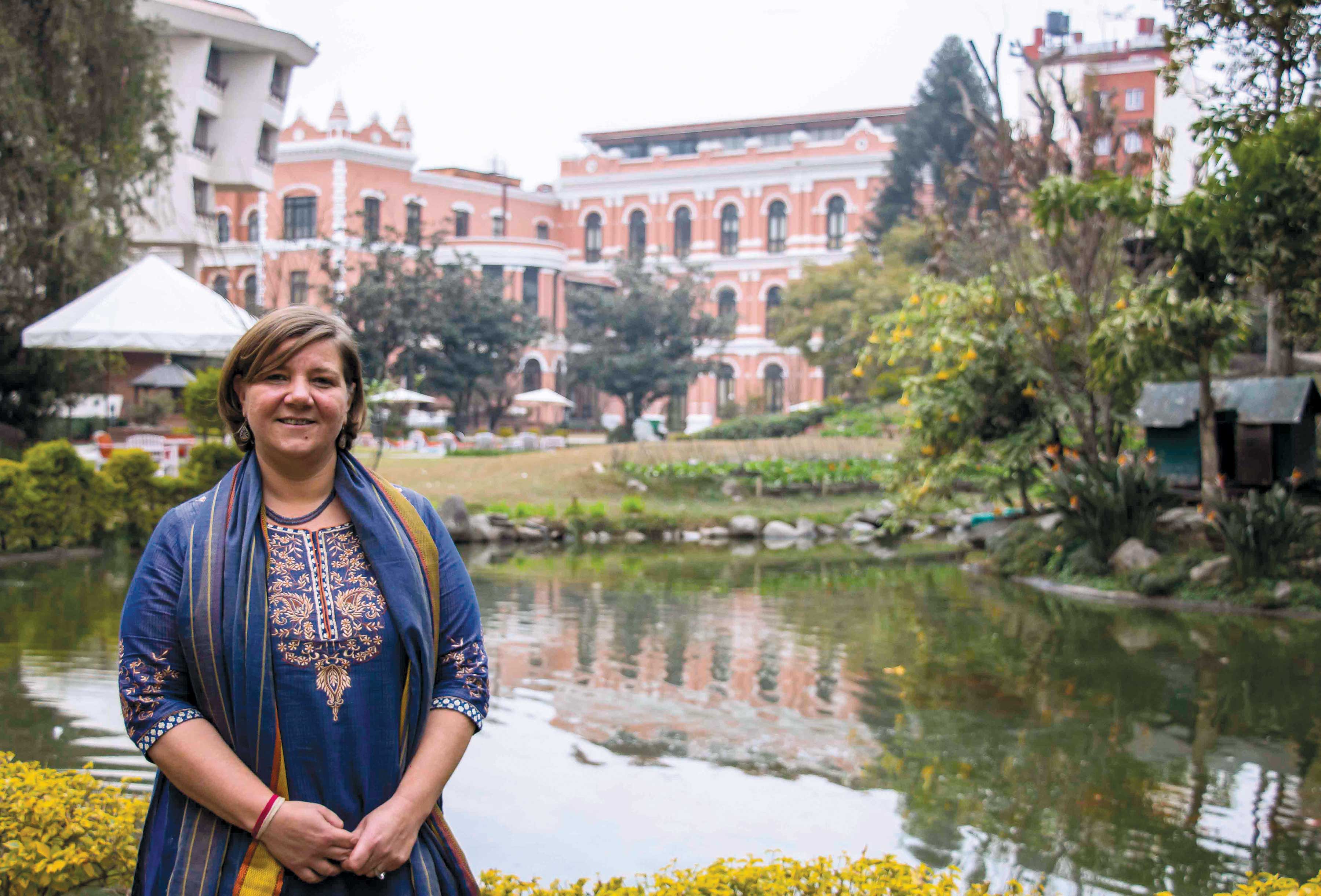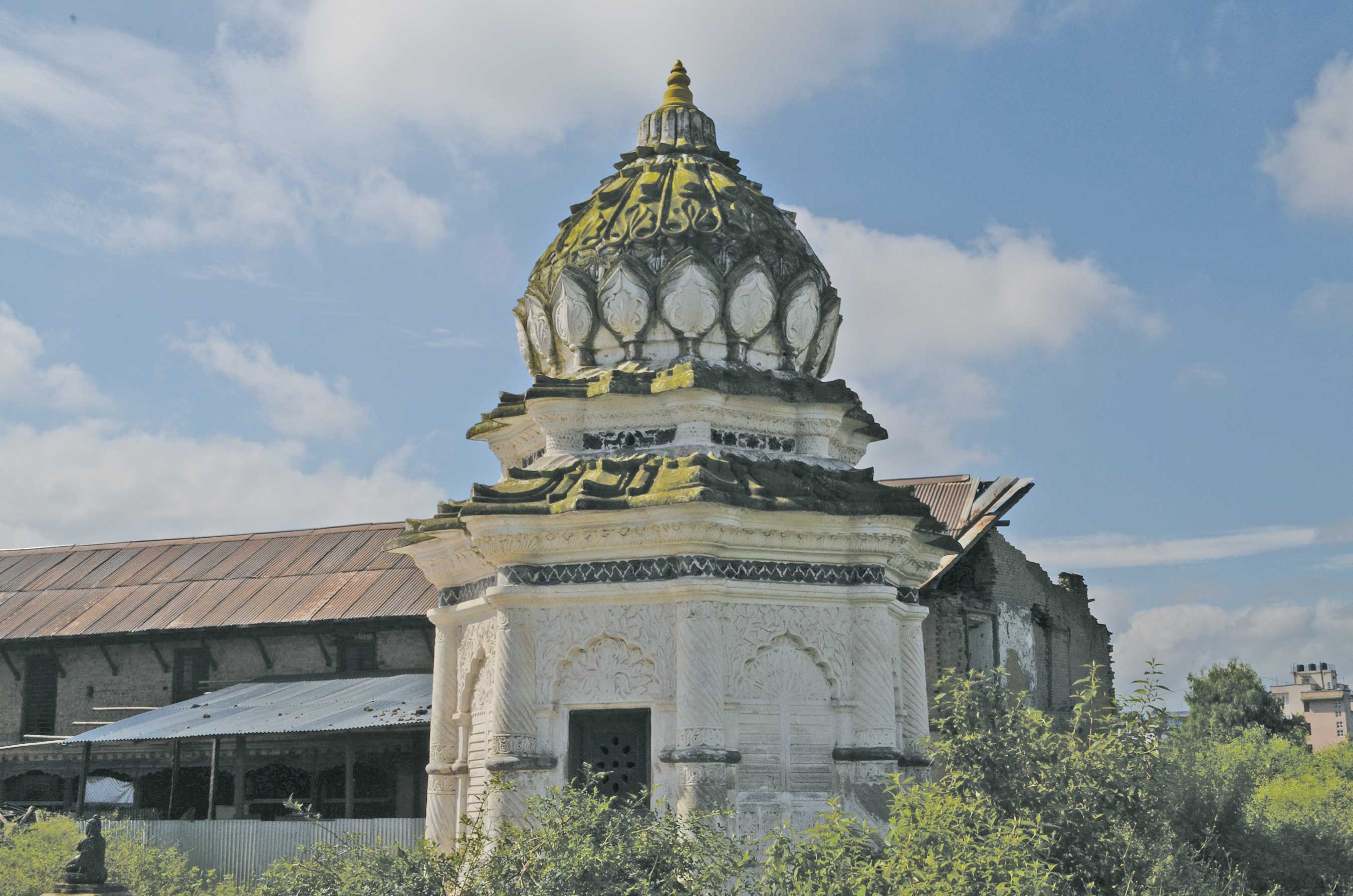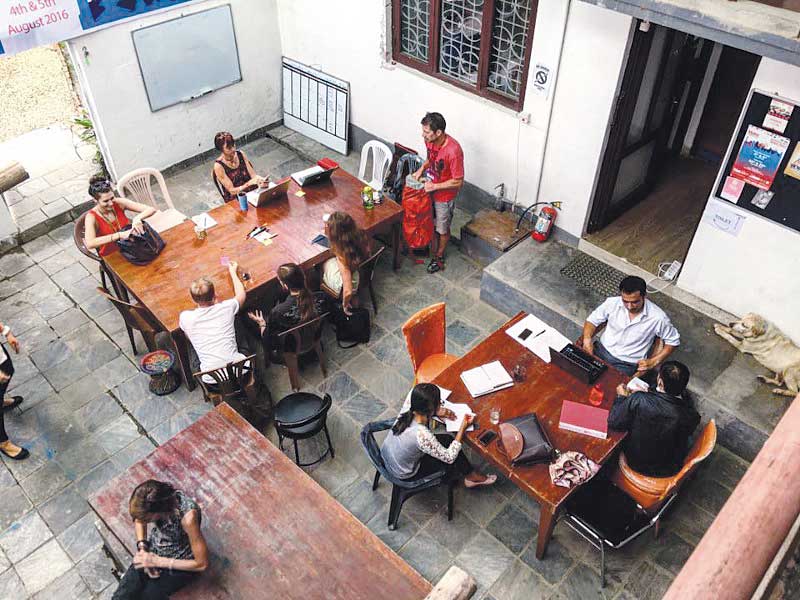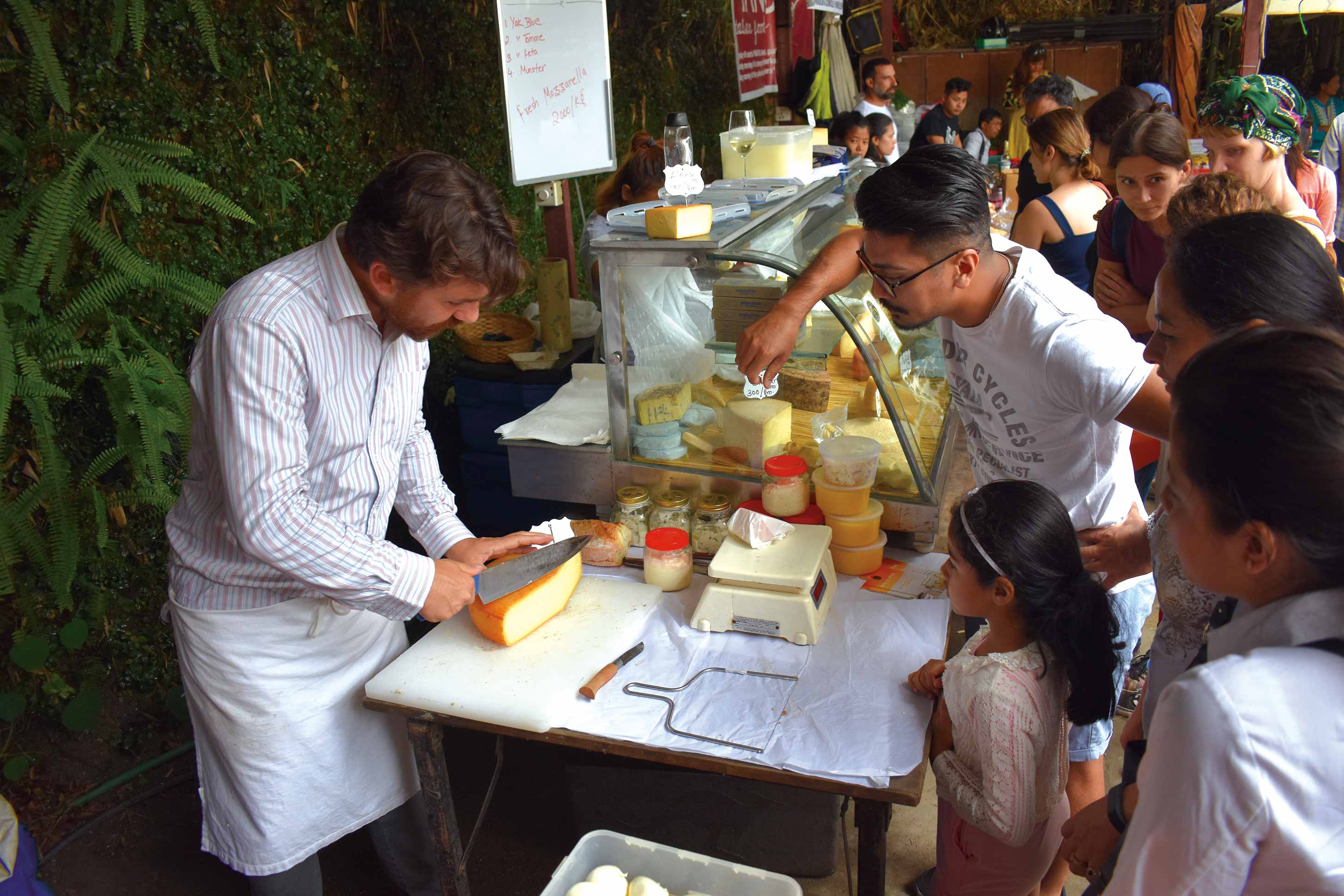French artist Julien Solé, whose one-man show at Siddhartha Gallery that will run for three weeks from 26th February, has wandering in his blood. His father, a journalist and writer, is originally from Egypt, and when Julien was growing up, overseas postings kept the family on the move. His earliest memories are of Italy where he spent his first six years. The next three years, the family lived in Washington DC before moving to France. Just to add to the confusion, he went to a French school in the US, and in Paris attended an international school. And, of course, in addition to French, English and Italian, he also speaks some Arabic.
With a background like this and with all these languages, it is hardly surprising that he spends much of his time traveling. “I’ve always found France confining. For a while Marseilles was alright, but now I can’t even work there. I need to get out and about.” But not only is he a wanderer, he puts down roots wherever he happens to find himself, and gets involved with local people, especially children. This kind of involvement helps him capture the spirit of wherever he happens to be, and he has drawn, painted and exhibited in Morocco, Egypt, Ethiopia, India and now Nepal, often at the invitation of the local Alliance Franciase.
His first trip to Nepal was last spring, and wanting to live in the heart of Kathmandu, he rented a room in Chibakhel, the old Pig Alley of the hippie days, where he quickly became friends with just about everyone. Since Julien had already made himself a part of the local community, Chibakhel’s under-construction Buddhist Vihar and community centre was the ideal place to exhibit his work. Through this building, local residents, with no help from foreign aid agencies or NGOs, are attempting to revive a traditional neighbourhood blighted by a filthy river, industrial-size slaughterhouses and road construction.
And so, at the end of last May in a day-long celebration of art and music, the long-suffering neighbourhood was treated to a rare moment of beauty. It was not only Julien’s own work that was on display, but that of the community, especially the neighbourhood kids who really enjoyed the chance to show off their talents. The talented teenagers, who serenade the square every night, provided the music while the local tea shops did the catering. The reaction of the local kids, as they went around looking at, and even discussing the paintings, shows just how well they respond to a little stimulation.
Since Julien’s return to Kathmandu, he has become a familiar figure on his bicycle and in the streets around Basantapur and increasingly in Bhaktapur, where he is particularly taken by the Potters’ Square and the Dattatreya area.
His infectious enthusiasm for the best of the Kathmandu Valley carries over into his work, and his drawings and water colors, not only of people but of buildings and statues as well, have a rare life to them. You probably walk past statues of guardian lions and Garudas, or Pancha Buddha chaityas every day, but you have never seen them spring to life like this. Sometimes Julien gets so exuberant that he just keeps going on long strips of paper, and these he is fond of displaying with a roller, as if the viewer is looking at a film. Great fun for young and old alike!
Living here and coping with traffic jams, bandhs and various kinds of pollution, we all occasionally get a bit jaded. Julien’s new and original look at the Valley may be just the sort of thing we need to make us remember why it has that special place in our hearts.

TONI HAGEN PHOTOS OF KATHMANDU VALLEY 1950-1960
This important collection of photographs evokes a forgotten era when the Kathmandu...










